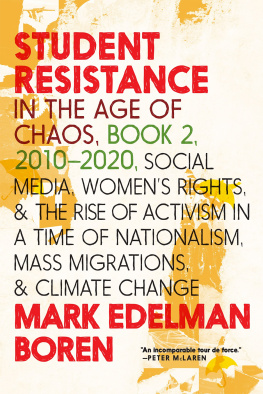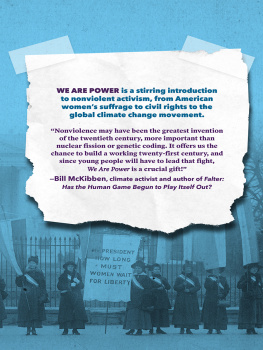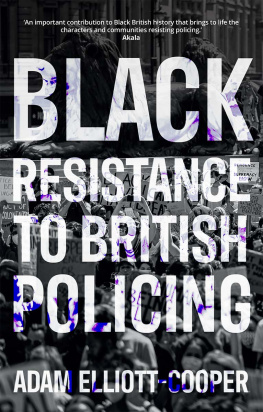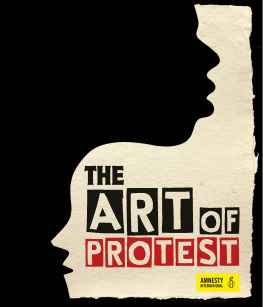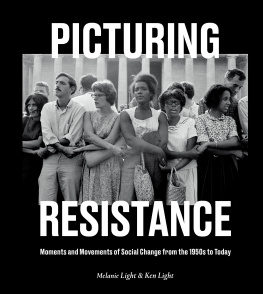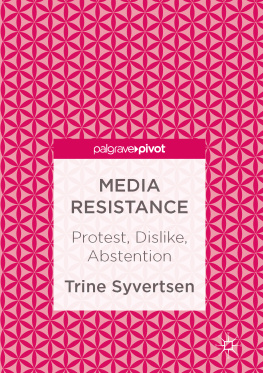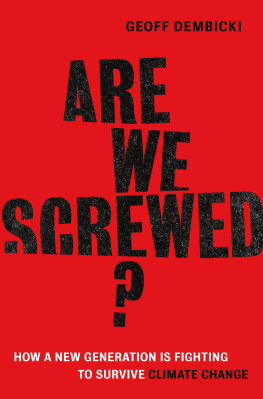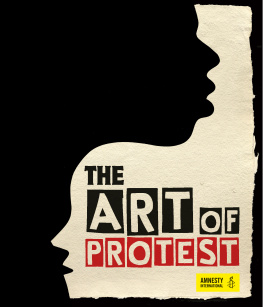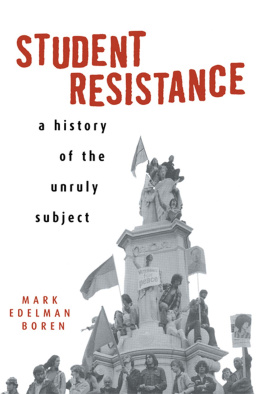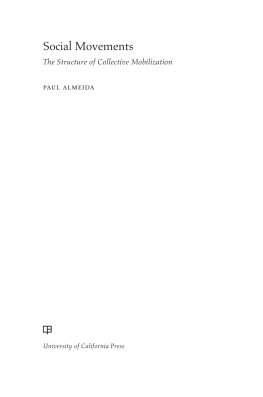Mark Edelman Boren - Student Resistance in the Age of Chaos Book 2, 2010-2021: Social Media, Womens Rights, and the Rise of Activism in a Time of Nationalism, Mass Migrations, and Climate Change
Here you can read online Mark Edelman Boren - Student Resistance in the Age of Chaos Book 2, 2010-2021: Social Media, Womens Rights, and the Rise of Activism in a Time of Nationalism, Mass Migrations, and Climate Change full text of the book (entire story) in english for free. Download pdf and epub, get meaning, cover and reviews about this ebook. year: 2022, publisher: Seven Stories Press, genre: Politics. Description of the work, (preface) as well as reviews are available. Best literature library LitArk.com created for fans of good reading and offers a wide selection of genres:
Romance novel
Science fiction
Adventure
Detective
Science
History
Home and family
Prose
Art
Politics
Computer
Non-fiction
Religion
Business
Children
Humor
Choose a favorite category and find really read worthwhile books. Enjoy immersion in the world of imagination, feel the emotions of the characters or learn something new for yourself, make an fascinating discovery.
- Book:Student Resistance in the Age of Chaos Book 2, 2010-2021: Social Media, Womens Rights, and the Rise of Activism in a Time of Nationalism, Mass Migrations, and Climate Change
- Author:
- Publisher:Seven Stories Press
- Genre:
- Year:2022
- Rating:5 / 5
- Favourites:Add to favourites
- Your mark:
Student Resistance in the Age of Chaos Book 2, 2010-2021: Social Media, Womens Rights, and the Rise of Activism in a Time of Nationalism, Mass Migrations, and Climate Change: summary, description and annotation
We offer to read an annotation, description, summary or preface (depends on what the author of the book "Student Resistance in the Age of Chaos Book 2, 2010-2021: Social Media, Womens Rights, and the Rise of Activism in a Time of Nationalism, Mass Migrations, and Climate Change" wrote himself). If you haven't found the necessary information about the book — write in the comments, we will try to find it.
Student resistance in the second decade of the 21st century has increased in both quantity and quality, supercharged by social media, to the point where it has become the single most powerful force for change in the world today, embodying the hopes of hundreds of millions of citizens to finally address climate change, the condition of women and other major issues. Student resistance movements are the vanguard that can jumpstart wider social movements that put governments on notice at a time when corruption and stagnation plague democracies and authoritarian regimes alike. In Student Resistance in the Age of Chaos, Book 2, Mark Boren details the increasing technological sophistication of student movements, as the stakes continue to rise and the movements grow ever larger. With 1.5 billion students in the world, student activists today use technology to turn local movements into national and international ones. Armed with sophisticated communications and cell phone cameras to record police violence, linked to websites for broadcasting and encrypted apps for privacy, todays student activists have already done much to stop genocide and ensure government reform or regime change in scores of countries.
Student Resistance in the Age of Chaos, Book 2, is being published simultaneously with Student Resistance in the Age of Chaos, Book 1, 1999-2009: Globalization, Human Rights, Religion, War, and the Age of the Internet. Together, the two volumes present a complete and unprecedented history of todays student activism phenomenon. As Mark Boren writes, The explosion of protests in the world has shown us that there are millions of peoplemany of them young and altruisticwho are willing to stand up to forces of oppression, to risk their bodies, their freedom, and their lives to make the future better than the past, and that is humbling, inspiring, and hopeful for the future.
Mark Edelman Boren: author's other books
Who wrote Student Resistance in the Age of Chaos Book 2, 2010-2021: Social Media, Womens Rights, and the Rise of Activism in a Time of Nationalism, Mass Migrations, and Climate Change? Find out the surname, the name of the author of the book and a list of all author's works by series.

